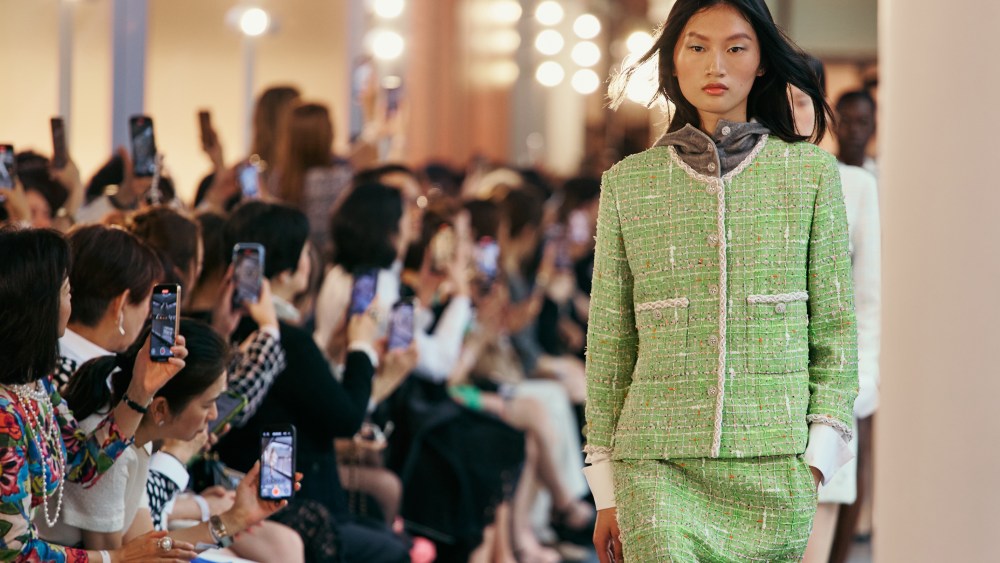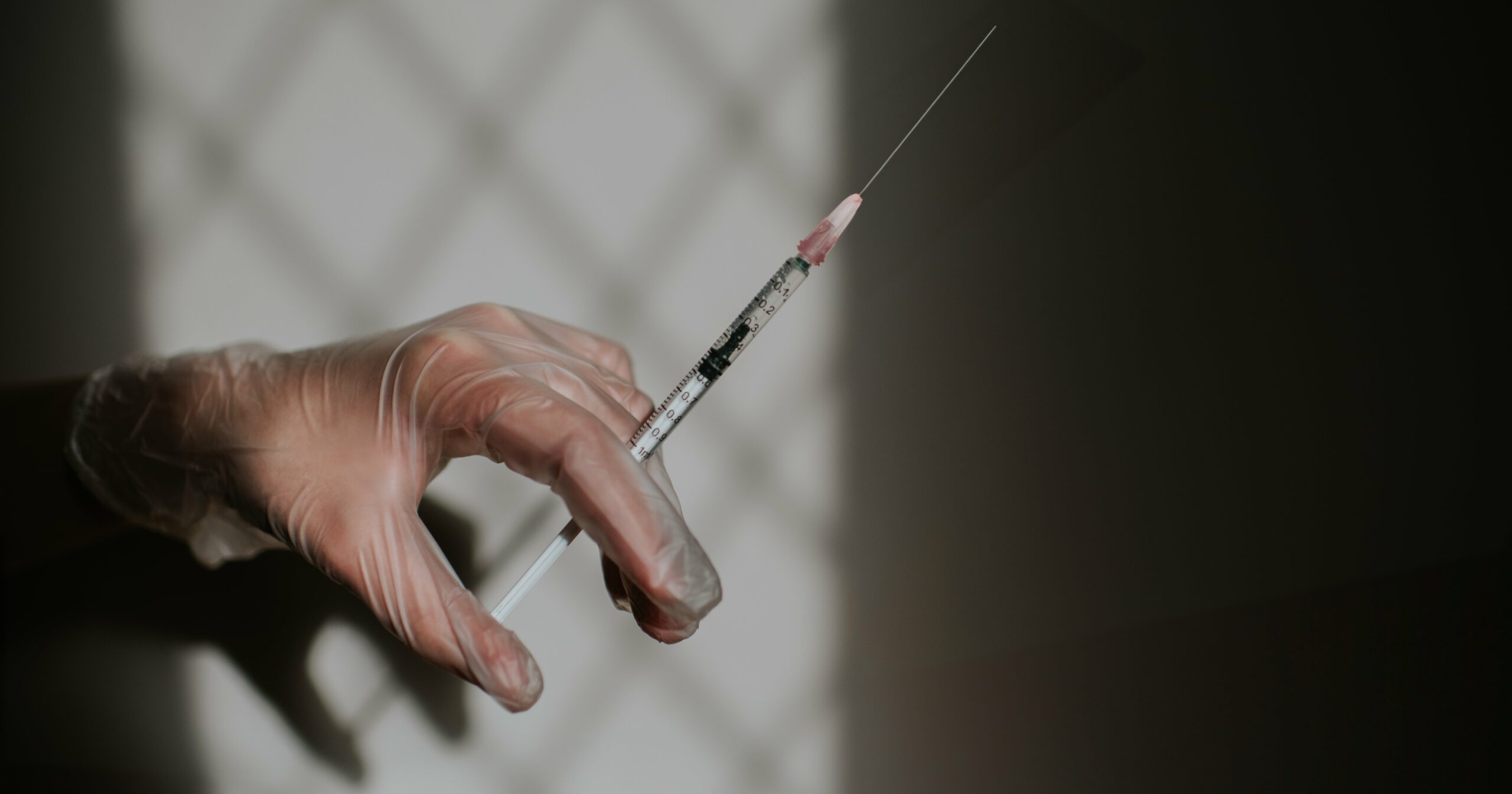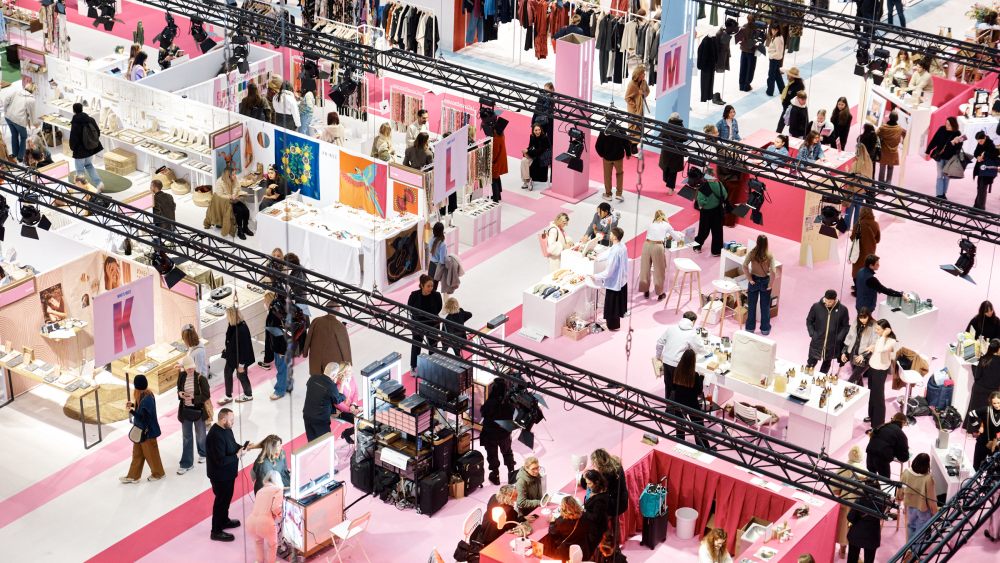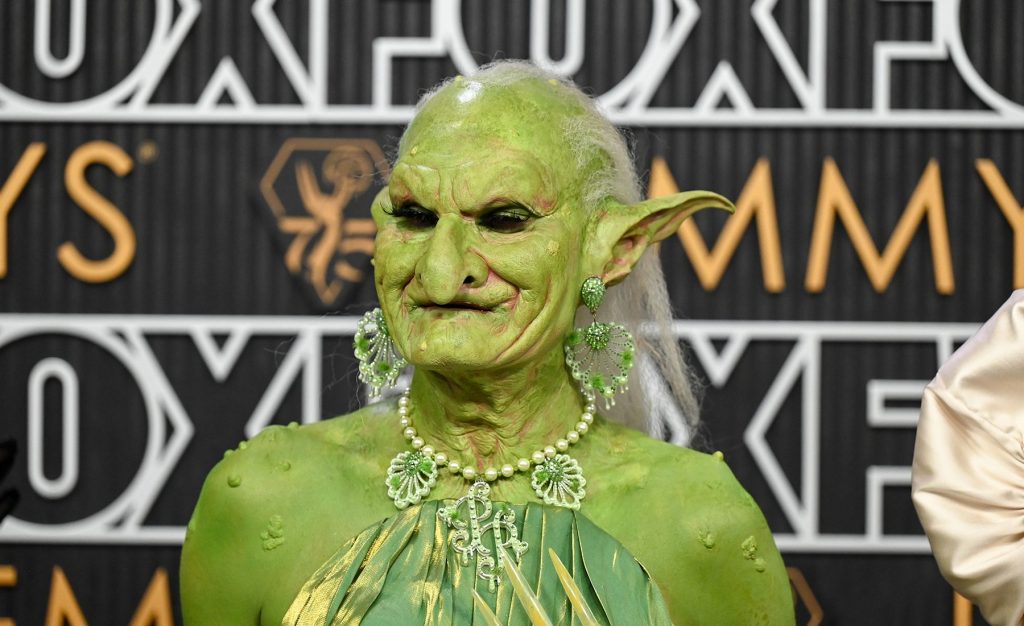Counterfeit designer handbags, wallets and sunglasses have long been fodder for criminals, and fashion show invitations can be added to that list too.
Last week four individuals were arrested for selling phony fashion show tickets to Chanel‘s replica cruise show at the Hong Kong Design Institute and swindling 13 victims. While crashing fashion shows has come in many shapes and forms for decades, the criminal aspect of this incident is a reminder of the need for greater vigilance and the depth of counterfeiting in the fashion industry, according to a few observers.
The Hong Kong Police Force received a report on Nov. 5 from an event organizer that some people were selling “suspected counterfeit admission passes” near the event venue in Tseung Kwan O, according to a HKPF spokesperson. Following an investigation, two men and two women, between the ages of 35 and 40 and from mainland China, were arrested for “obtaining property by deception” near the event venue, according to the spokesperson. Their names were not shared. In total, 11 suspected counterfeit admission passes have been seized.
One man and one woman were charged with “obtaining property by deception,” and their case will be addressed on Jan. 3 at the Kwun Tong Magistrates’ Courts.
You May Also Like
In accordance with Hong Kong legislation, any person, “who by any deception — whether or not such deception was the sole or main inducement — dishonestly obtains property belonging to another, with the intention of permanently depriving the other of it, shall be guilty of an offense and shall be liable on conviction upon indictment to imprisonment for 10 years.”
The other two individuals, who were arrested, were released on bail and are required to report back to the police next month, the HKPF spokesperson said. In the meantime, the police investigation by the District Crime Squad of Tseung Kwan O District is “underway,” the spokesperson added.
A Chanel spokesperson confirmed that as well Wednesday, and said, “We have no further comment to make at this stage.”
Media requests to the Hong Kong Design Institute were not acknowledged.
Two of the 13 fraudster victims were university students and 11 were mainland tourists, according to a local media report. The tickets were said to be priced between 3,500 renminbi and 14,400 renminbi, and they reportedly generated 88,600 renminbi in ticket sales that was allegedly deposited by the victims, and obtained from WeChat accounts before they were instructed to collect certificates from the four individuals.

Approximately 2,000 guests attended the Nov. 5 event in Hong Kong including Chanel ambassadors G Dragon, Penelope Cruz, Angèle, Chow Yun Fat and other notables. Coincidentally or ironically — in light of what happened — the runway show was a replica one of the house’s cruise 2025 collection, which was first staged in Marseille, France, in May. The collection was the finale for Chanel’s former creative director Virginie Viard, who exited the luxury house suddenly in June. Despite ongoing speculation, Chanel has yet to pick a date to reveal its next designer.
Kirstin Chen, author of “Counterfeit: A Novel,” said Wednesday that she has been struck by the “‘fake it ’till you make it’ ethos that has overtaken our culture.” More specifically, the “prominent fashion influencers gloating on social media about how they got their starts sneaking into shows, or sneaking backstage,” Chen said. “I wonder if that’s the mentality that causes people to purchase fake tickets, as well as fake luxury merchandise — this sense that looking and playing the role are the first steps to success. Maybe exacerbated by the fact that fashion is inherently aspirational and fantastical?”

Undeniably, global counterfeit sales cost thousands of businesses valuable sales, and workers’ jobs each year. For fiscal year 2023, the U.S. Customs and Border Protection seized more than $2.7 billion in counterfeit goods. Apparel, handbags, wallets, watches, jewelry, footwear and headgear were the top products seized. Nearly 65 percent of the CBP IPR’s total 102,712 seizures came from China, and Hong Kong accounted for nearly 18 percent. The Philippines and Turkey each accounted for 2.1 percent in seizures, and Turkey comprised 1.6 percent with the remaining 10.6 percent stemming from other countries.
In a time, when toothpaste, olive oil and Château Lafite Rothschild are frequently knocked off, fashion show invitations may not sound like such a stretch. Fake tickets for concerts, professional and college sports events and airline flights have been sold for years. Last week a U.S. resident, Matthew Neet, was arrested for selling more than $1.3 million in counterfeit tickets to such events as Taylor Swift concerts, University of Georgia football games and the Masters Tournament.
Although counterfeit fashion show tickets are not within the scope of the International Anti-Counterfeiting Coalition, they could be symptomatic of the weight of counterfeiting on the fashion industry, according to two legal authorities.

Attorney Julie Tamerler said she was not really surprised by the phony fashion show invitations, despite not having heard of knockoff invitations prior to this. “It reminds me of fake receipts. I have found that fake paperwork has become really common with counterfeit goods, because now people care a lot about authenticity. This is in line with people faking authentication cards of a Chanel bag or receipts especially for high-end jewelry,” she said.
In fact, as the illegal practice of using fake receipts to sell fake merchandise on secondhand platforms or to return fake merchandise to brands has become more common, people are looking more closely at paperwork to ensure that it is authentic, according to Tamerler, who consults with secondhand platforms.
From her viewpoint, brands either want “to stifle the secondhand market or control it themselves, but they don’t really want to facilitate other people selling after-market secondhand goods.” Citing her published research, “The Ship of Theseus: The Lanham Act, Chanel and the Secondhand Luxury Market,” she said brands need to be more cognizant of all kinds of counterfeit goods especially in relation to secondhand luxury shopping.

While sneaking into fashion shows is nothing new and dates back to the early 20th century, when the late designer Elizabeth Hawes was paid to pose as an American client to copy designs, the Fashion Law Institute’s founder Susan Scafidi said the fake Chanel invitations were the first that she had heard of that led to arrest. She recalled how crashing New York Fashion Week shows in Bryant Park in the ’90s “was a rite of passage for savvy design students, who recreated paper invitations.” In addition, at that time, volunteers passed around backstage passes and advertised access on eBay and Craigslist, she said.
“Since then, invitations and guest lists have become digitized and more sophisticated, and fashion shows themselves have become much hotter tickets,” Scafidi said. ”Illegal activity is never a good thing. But in this case, it’s a sign of how far fashion shows have come from being private industry events for editors, buyers, and special clients or friends of the house to being mass entertainment.”
Scafidi suggested that prominent fashion houses may need to develop more standardized and harder-to-duplicate invitations, and implement additional security measures, especially for “special event” destination shows that are open to a greater swath of the public.
— With contributions from Joelle Diderich and Denni Hu



